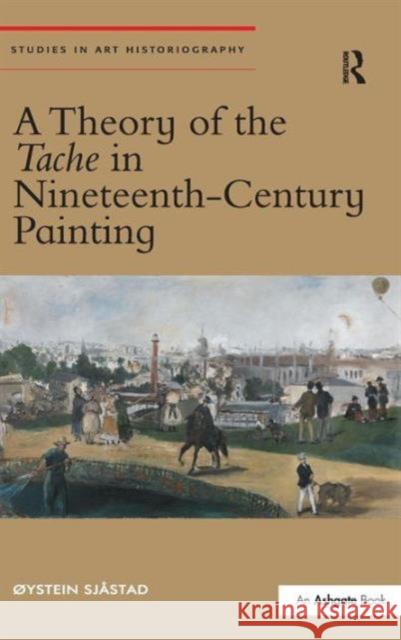A Theory of the Tache in Nineteenth-Century Painting » książka
A Theory of the Tache in Nineteenth-Century Painting
ISBN-13: 9781472429445 / Angielski / Twarda / 2014 / 190 str.
A Theory of the Tache in Nineteenth-Century Painting
ISBN-13: 9781472429445 / Angielski / Twarda / 2014 / 190 str.
(netto: 672,22 VAT: 5%)
Najniższa cena z 30 dni: 654,86 zł
ok. 22 dni roboczych
Bez gwarancji dostawy przed świętami
Darmowa dostawa!
Without question, the tache (blot, patch, stain) is a central and recurring motif in nineteenth-century modernist painting. Manet's and the Impressionists rejection of academic finish produced a surface where the strokes of paint were presented directly, as patches or blots, then indirectly as legible signs. Cezanne, Seurat, and Signac painted exclusively with patches or dots. Through a series of close readings, this book looks at the tache as one of the most important features in nineteenth-century modernism. The tache is a potential meeting point between text and image and a pure trace of the artist s body. Even though each manifestation of tacheism generates its own specific cultural effects, this book represents the first time a scholar has looked at tacheism as a hidden continuum within modern art. With a methodological framework drawn from the semiotics of text and image, the author introduces a much-needed fine-tuning to the classic terms index, symbol, and icon. The concept of the tache as a crossing of sign-types enables finer distinctions and observations than have been available thus far within the Peircean tradition. The sign-crossing theory opens onto the whole terrain of interaction between visual art, art criticism, literature, philosophy, and psychology."











